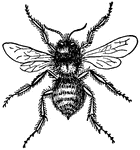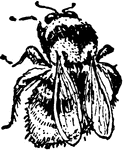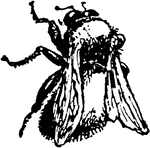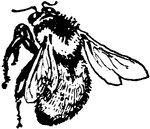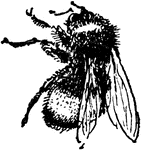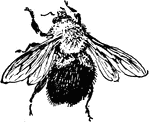Clipart tagged: ‘bumblebee’
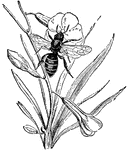
Bee Pollinating a Flower
"Bee, the common name given to a large family of hymenopterous or membranous-winged insects, of which…

Drone Bee
"Bee is the common name given to a large family of hymenopterous or membranous-winged insects, of which…
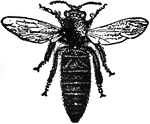
Queen Bee
"Bee is the common name given to a large family of hymenopterous or membranous-winged insects, of which…

Worker Bee
"Bee is the common name given to a large family of hymenopterous or membranous-winged insects, of which…
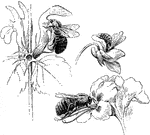
Bees Visiting Flowers
"Bees visiting flowers. At the left, a bumblebee on the flower of the dead nettle; below, a similar…

Pollination of an Orchid
Also known as Orchis morio. A depiction of the pollination of an orchid, where a hive bee is sucking…

Royal Cells
"Bee is the common name given to a large family of hymenopterous or membranous-winged insects, of which…
